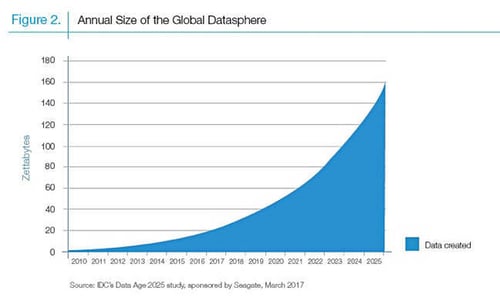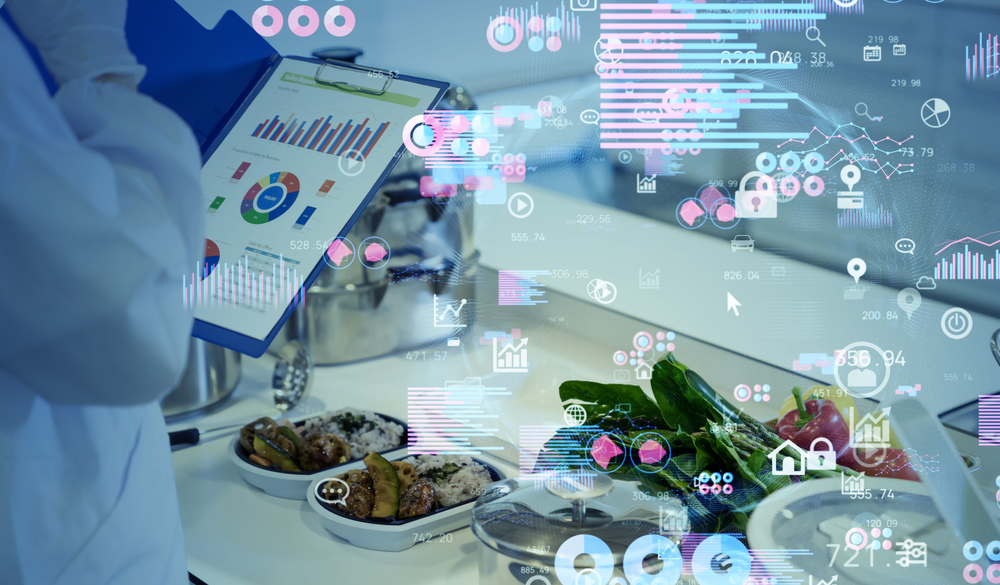Too often when software is designed, it is designed to simply collect data. Since the early days of computers, people have been collecting electronic data. Lots and lots of data. While that is an important first step, it should never be the only step. There is far more to data than just collecting it.
Data is the fuel that powers business intelligence, statistical analysis, data models, neural networks, deep machine learning and artificial intelligence. The more data, the more accurate and reliable the results.

The problem is that over time it becomes expensive to keep all this data, and many organizations look for inexpensive ways to archive old information. But not all industries view data the same way and may not place as high a value on their historic data. Is food safety one of them? The thinking seems to be that since food has a shelf life, then so should food safety data.
Right?
Wrong.
Data is both an indicator of the past and a predictor of the future. That makes it extremely valuable. For Procurant, data helps us know if our customers are satisfied with our products and how they are using them. It does not lie; it is literally: “Just the facts.” If we are growing, the data will show it. If a customer is satisfied or dissatisfied with our products, the data or the lack thereof, will show it.
From a customer perspective, the same is true. They need to know if they are getting value from their investment in Procurant solutions. Is usage growing or shrinking? Which locations embrace the system and use it faithfully and which do not. Our ability to provide that information adds value. It is not just that we collect the data. We present it in a format that calls out the trends, both positive and negative.
Data is valuable. The more data, the more value.
Software needs to be designed with an eye to the future. What information will be needed for performance and trend analysis? What information is needed for predictive data modeling? If we were to implement a neural network – a concept that has been growing in popularity and relevance in recent years -- what information would be needed?
At Procurant, we take all data seriously and we are looking toward the future of the food industry to help our customers unlock all the potential in their data and bring ever-increasing value to the global food supply chain.


